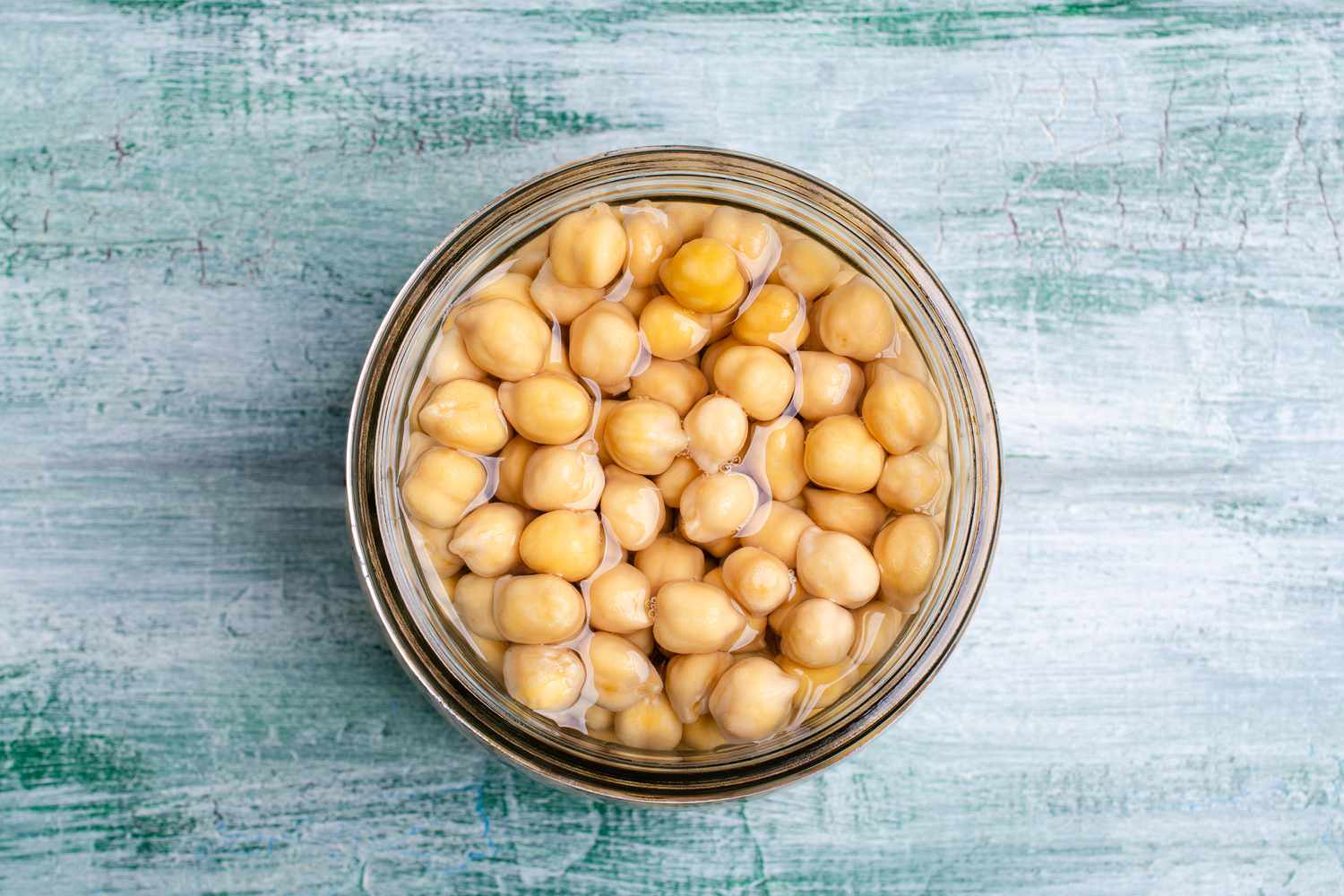
Garbanzo beans, also known as chickpeas, pack a punch when it comes to nutrition and versatility. These little legumes have been a staple in diets around the world for centuries. But what makes them so special? Garbanzo beans are not only rich in protein and fiber but also offer a variety of vitamins and minerals. They can be used in countless recipes, from hummus to salads to stews. Whether you're a seasoned chef or a kitchen newbie, incorporating garbanzo beans into your meals can boost your health and add exciting flavors. Ready to learn more? Here are 25 fascinating facts about these amazing beans!
Key Takeaways:
- Garbanzo beans, also known as chickpeas, are a versatile and nutritious legume enjoyed worldwide for over 7,000 years. They offer a rich source of protein, fiber, and essential vitamins, making them a great addition to any diet.
- From being a key ingredient in hummus to being used in dishes like chana masala and falafel, garbanzo beans have made their mark in various cuisines around the world. They are not only delicious but also packed with health benefits, making them a must-try for any food enthusiast.
What Are Garbanzo Beans?
Garbanzo beans, also known as chickpeas, are a staple in many diets worldwide. These legumes are not only delicious but also packed with nutrients. Let's dive into some fascinating facts about garbanzo beans.
- Garbanzo beans are one of the oldest cultivated crops, dating back over 7,000 years.
- They are a key ingredient in many Middle Eastern dishes, including hummus and falafel.
- There are two main types: the larger, lighter-colored Kabuli and the smaller, darker Desi.
- Garbanzo beans are rich in protein, making them a great meat substitute for vegetarians and vegans.
- They are also high in dietary fiber, which aids in digestion and helps maintain a healthy gut.
Nutritional Benefits of Garbanzo Beans
Garbanzo beans are not just tasty; they are also incredibly nutritious. Here are some of the health benefits they offer.
- They are a good source of vitamins and minerals, including iron, magnesium, and zinc.
- Garbanzo beans contain folate, which is essential for DNA synthesis and repair.
- They have a low glycemic index, making them suitable for people with diabetes.
- The high fiber content helps regulate blood sugar levels.
- They are rich in antioxidants, which help protect the body from free radicals.
Culinary Uses of Garbanzo Beans
Garbanzo beans are versatile and can be used in various dishes. Here are some popular ways to enjoy them.
- They can be roasted for a crunchy snack.
- Garbanzo beans can be mashed and used as a base for veggie burgers.
- They are often added to soups and stews for extra protein and texture.
- You can blend them into a creamy dip like hummus.
- They can be ground into flour and used in baking.
Garbanzo Beans Around the World
Garbanzo beans are enjoyed in many cultures. Let's explore how different countries incorporate them into their cuisine.
- In India, they are used to make chana masala, a spicy chickpea curry.
- In Italy, garbanzo beans are a key ingredient in pasta e ceci, a pasta and chickpea soup.
- In Spain, they are used in cocido, a traditional stew.
- In the Middle East, they are a staple in dishes like falafel and hummus.
- In Mexico, garbanzo beans are often added to salads and soups.
Fun Facts About Garbanzo Beans
Garbanzo beans have some interesting trivia associated with them. Here are a few fun facts.
- The name "garbanzo" comes from the Spanish word for chickpea.
- They are part of the legume family, which also includes beans, lentils, and peas.
- Garbanzo beans can be sprouted and eaten raw.
- They are often used in crop rotation to improve soil health.
- The plant produces small, white flowers before developing pods containing the beans.
The Final Bean
Garbanzo beans, also known as chickpeas, pack a punch in nutrition and versatility. From boosting heart health to aiding digestion, these legumes are a powerhouse. They’re rich in protein, fiber, and essential vitamins, making them a staple in many diets worldwide. Whether you’re tossing them in a salad, blending them into hummus, or roasting them for a crunchy snack, garbanzo beans fit seamlessly into various dishes.
Their history dates back thousands of years, showing their enduring popularity. Plus, they’re environmentally friendly, requiring less water than many other crops. So, next time you’re at the grocery store, grab a can or bag of these mighty beans. Your body and taste buds will thank you. Garbanzo beans aren’t just a food; they’re a tradition, a health boost, and a delicious addition to any meal.
Frequently Asked Questions
Was this page helpful?
Our commitment to delivering trustworthy and engaging content is at the heart of what we do. Each fact on our site is contributed by real users like you, bringing a wealth of diverse insights and information. To ensure the highest standards of accuracy and reliability, our dedicated editors meticulously review each submission. This process guarantees that the facts we share are not only fascinating but also credible. Trust in our commitment to quality and authenticity as you explore and learn with us.


